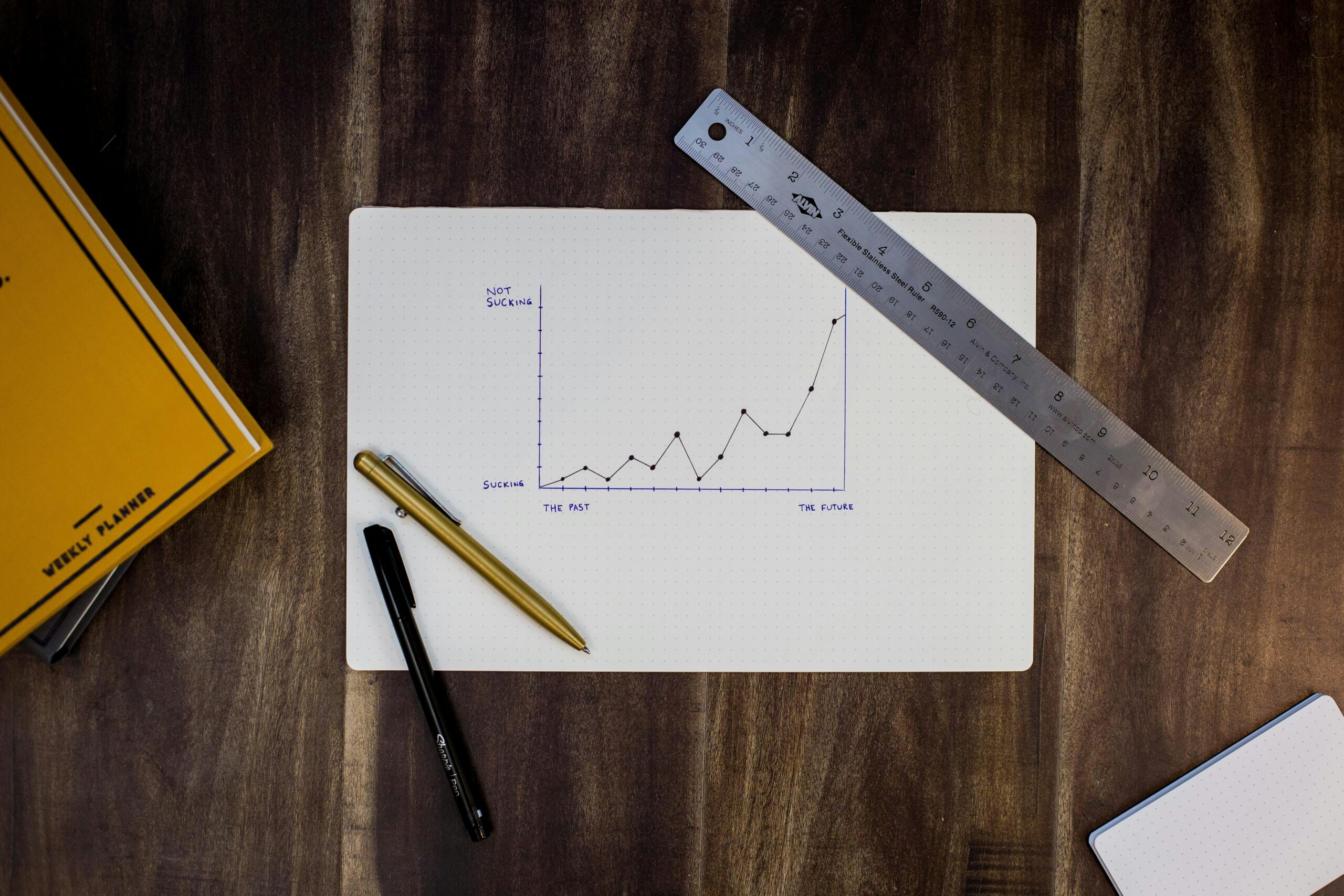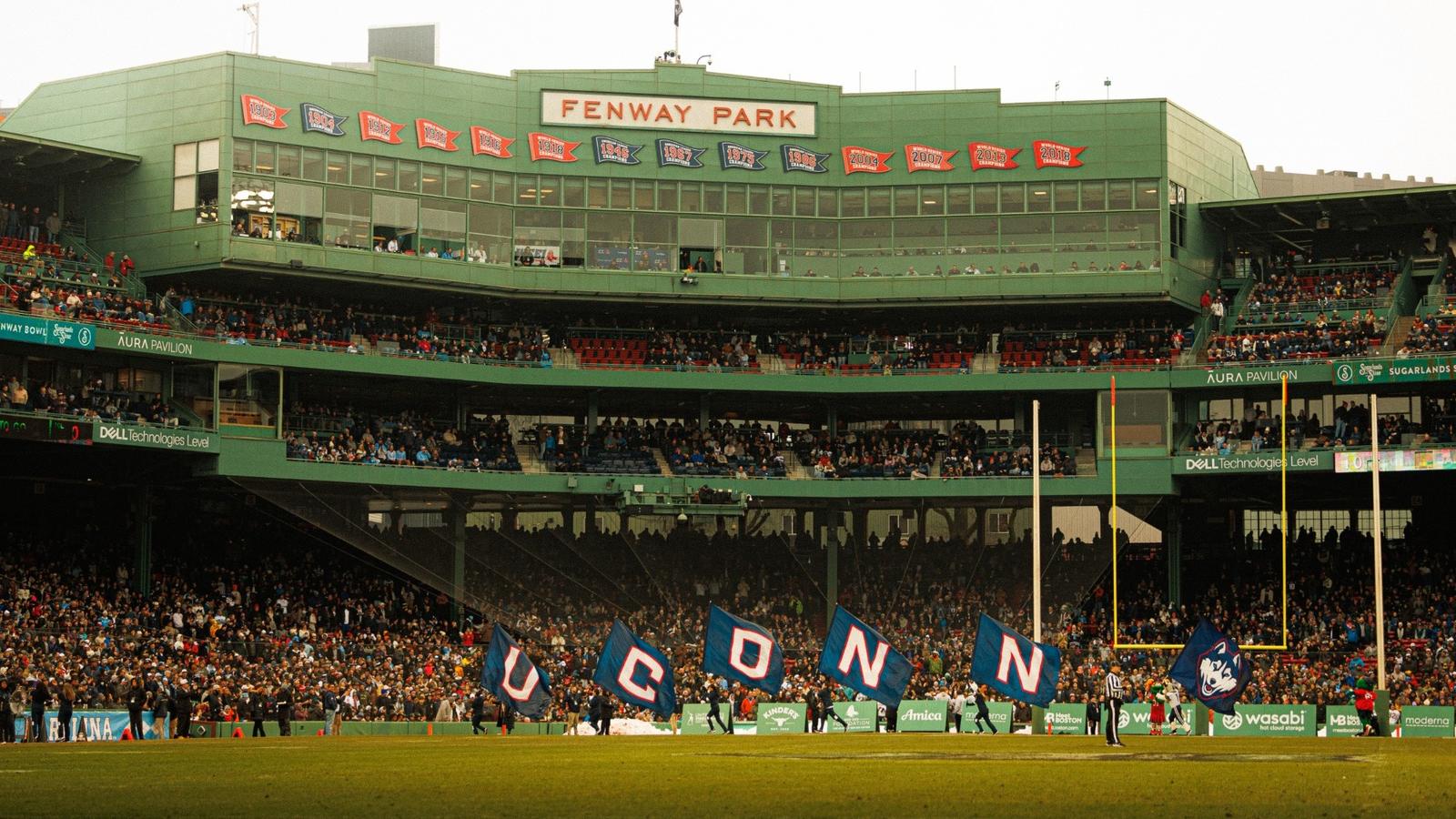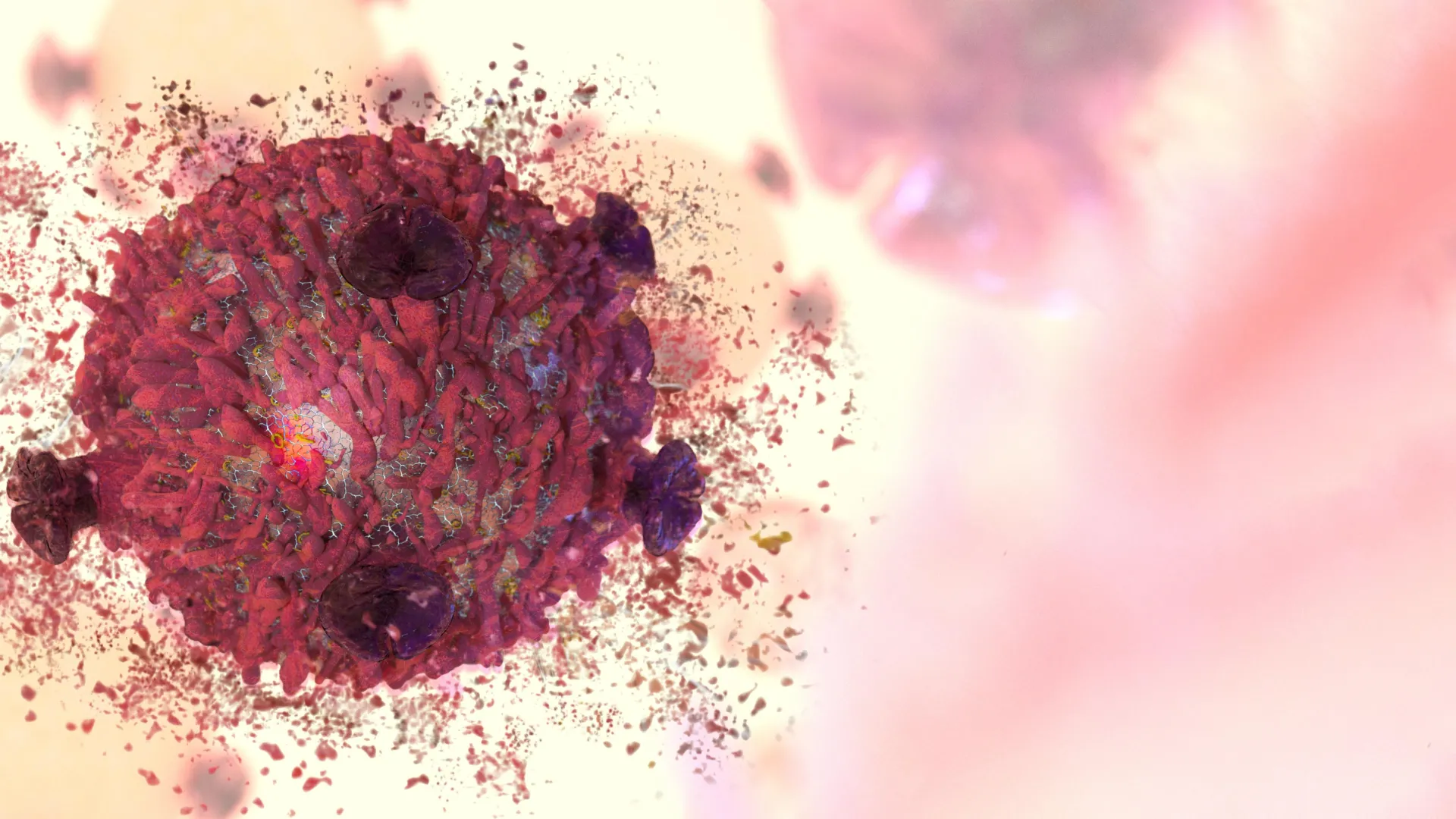Louise Parryand
Danny Fullbrook,Bedfordshire, Hertfordshire and Buckinghamshire
 Netflix
NetflixActor Rowan Atkinson said a “cheeky terrier” who appears alongside him in the…

Louise Parryand
Danny Fullbrook,Bedfordshire, Hertfordshire and Buckinghamshire
 Netflix
NetflixActor Rowan Atkinson said a “cheeky terrier” who appears alongside him in the…

Actor Rowan Atkinson said a “cheeky terrier” who appears alongside him in the Netflix comedy Man vs Baby was a “scene-stealer”.
Artie, a five-year-old Border Terrier from Aylesbury in Buckinghamshire, features in episodes three and four of the…

Researchers at the University of Iowa have identified a new way to “purify” photons, a development that could improve both the performance and security of light based quantum technologies. By refining how single particles of light are…

BUY TICKETS NOW!
Media Coverage
Television: ESPN
Streaming: ESPN App
(pxp) Wes Durham (analyst) Steve Addazio (sideline) Dana Boyle
Radio: UConn Sports Network from Learfield
Flagship Station – Fox Sports Radio 97-9 FM (Hartford)

It depends. The “June Ban” and “Expanded Travel and Immigration Bans” do not apply to people who are already in the United States when the ban listing their country goes into effect (on June 9, 2025, and January 1, 2026, respectively). Of…

Researchers led by RMIT University have developed extremely small particles called nanodots that can destroy cancer cells while largely leaving healthy cells unharmed. The particles are made from a metal-based compound and represent a possible…

Last Updated: 2025.12.24
FAST RETAILING CO., LTD.
to Japanese page
Fast Retailing has been recognized on the prestigious “A List” by CDP, the international nonprofit organization that runs a global environmental disclosure system, for its climate change and water security initiatives, as well as for its high level of transparency. The company earned an A List ranking in climate change for the fourth consecutive year, and in water security for the third time since 2022. Fast Retailing also received a B score in the Forests category, which evaluates corporate efforts to prevent deforestation and the conversion of natural ecosystems.
Fast Retailing’s Initiatives
Fast Retailing promotes sustainability initiatives as an integral part of its business, centered on its “LifeWear” philosophy of creating high quality clothing that improves the lives of all people around the world. In the area of climate action, the company is strengthening its efforts aiming to achieve net-zero egreenhouse gas emissions by 2050. In November 2025, Fast Retailing announced that it would raise its greenhouse gas emissions reduction target* across the supply chain to 30% (against FY2019 baseline) from the previous target of 20%. This new target has also been approved by the Science Based Targets initiative (SBTi) as a science-based target (SBT), and is in line with the level of decarbonization required to achieve the goals outlined in the Paris Agreement.
* Emissions associated with raw material production, fabric production, and garment sewing for UNIQLO and GU products.
Commenting on the recognition, Yukihiro Nitta, Fast Retailing Group Executive Officer responsible for sustainability, said: “Fast Retailing is accelerating its transition toward a business model that eliminates waste by making, transporting, and selling only the products that customers truly need. Through this approach, we aim to achieve both global business growth and long‑term sustainability. In addressing climate change–our highest‑priority issue–we are further strengthening our initiatives, including raising our Scope 3 greenhouse gas reduction targets for 2030 in close collaboration with our production partners. We are also advancing water security initiatives by conducting comprehensive risk assessments and implementing actions based on those findings. We believe our continued efforts to work alongside stakeholders, to pursue initiatives that meet globally expected standards, and to maintain highly transparent disclosure have all contributed to our inclusion on this year’s CDP A List.”
About CDP
CDP’s environmental disclosure platform and evaluation process are widely regarded as the global gold standard for corporate environmental reporting. In 2025, more than 22,100 companies reported through CDP’s platform. Achieving an ‘A’ places a company among the global leaders demonstrating comprehensive disclosure, mature environmental governance, and meaningful progress towards environmental resilience. Companies on the list represent the top 4% of those evaluated by CDP.
For More Information on Fast Retailing’s environmental sustainability initiatives, please see the following.
![]() Top of page
Top of page

KARACHI (Dunya News) – Pakistan Stock Exchange on Wednesday registered modest gains amid cautious trading by investors.
During intraday trading, the KSE-100 index gained 316.95 points to reach 171,390.68 points, marking a positive change of 0.19 percent compared to previous close of 171,073.73 points.
The Pakistan International Airlines Holding Company Limited (PIAHCL) recorded a positive change of 2.2pc with share price hovering at Rs39.82, a day after Arif Habib Consortium bought 75 percent shares of PIA for Rs135 billion.
A day earlier, the benchmark KSE-100 Index closed bearish, losing 130.44 points, a negative change of 0.08 percent, to settle at 171,073 points compared to 171,204.18 points on the previous trading day, according to PSX data.
During the session, the ready market witnessed a trading volume of 650.136 million shares with a traded value of Rs 28.256 billion, against 684.548 million shares valuing Rs 30.100 billion in the previous session. Market capitalization declined to Rs 19.396 trillion from Rs 19.435 trillion a day earlier.
Out of 481 active companies in the ready market, 151 advanced, 287 declined, while 43 remained unchanged.
Related Topics

If you like playing daily word games like Wordle, then Hurdle is a great game to add to your routine.
There are five rounds to the game. The first round sees you trying to guess the…

Wings and racing DNA aren’t the only things these three have in common… they represent the road less travelled
Published: 24 Dec 2025
These are the outliers. The alternatives. And…